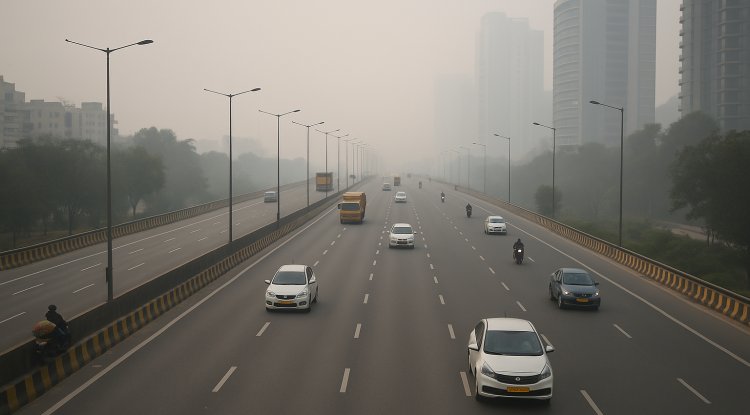Deadly Floods Devastate Southwest China, Thousands Displaced
Severe floods in southwest China since 24 June 2024 have killed at least six people and displaced thousands, with a tropical storm worsening conditions. Guizhou and Guangxi provinces suffered infrastructure collapse, economic losses, and mass evacuations. Climate change and La Niña have intensified rainfall, mirroring India’s 2025 monsoon challenges. While China’s emergency response is active, long-term resilience strategies—including better rural infrastructure and integrated water management—are urgently needed. The disaster highlights the global impact of extreme weather and the need for stronger international climate cooperation.

Severe floods in southwest China, starting 24 June 2024, have killed at least six people and displaced thousands, with a tropical storm expected to worsen conditions. Guizhou’s Rongjiang county saw “exceptionally large floods,” submerging homes and infrastructure. Climate change, driving intense rainfall, amplifies these disasters, mirroring India’s 2025 monsoon challenges. Emergency responses are underway, but long-term strategies are needed to address recurring floods and protect vulnerable communities.
The floods, triggered by heavy rainfall, overwhelmed Guizhou and Guangxi, with water levels in Rongjiang retreating below warning levels by 27 June. A tropical depression hit southern China on 26 June, bringing gales and further rain. In 2024, floods in Assam, India, affected 2.4 million, showing global parallels. China’s floods damaged roads, disrupted communications, and trapped residents, with 80,000 stranded in Guizhou. The Liu River, originating in Guizhou, spread flooding downstream, exacerbating risks in rural areas.
Climate change intensifies these events, with a 2024 study noting increased flood frequency in High Mountain Asia since 2000. CO2 levels at 425 ppm drive a 0.15°C temperature rise per decade, increasing rainfall intensity. The WMO’s forecast of La Niña in 2025 enhances precipitation, mirroring India’s monsoon risks. China’s floods reflect a global trend, with Europe’s 2024 floods killing 230 in Valencia. Integrated water management, like India’s river basin plans, is critical to reduce risks.
Emergency responses include evacuations and infrastructure repairs. In Guangxi, floodwaters submerged Meilin township, prompting rescue operations. China’s state agencies mobilized relief, but damaged infrastructure delayed efforts. In India, similar challenges in Kerala’s 2025 floods, with 240 mm rainfall, highlight the need for robust disaster systems. China’s investment in flood barriers, costing $2 billion annually, contrasts with India’s underfunded municipal systems, underscoring disparities in preparedness.
Economic impacts are significant, with flooding disrupting agriculture and trade. Guangxi’s rural economy, reliant on rice and sugarcane, faces losses similar to India’s 2024 Assam floods, affecting 1,300 villages. China’s $500 billion agriculture sector, supporting 20% of its population, is at risk. The floods also affect tourism, a $100 billion industry in Guizhou. India’s net-zero target by 2070 and China’s 2060 goal require resilient infrastructure, but funding shortages hinder progress.
Social impacts hit rural and marginalized groups hardest. In Guizhou, low-income farmers face livelihood losses, mirroring India’s Jharkhand floods. UNICEF notes that 6 million children in South Asia were at risk from 2024 floods, a concern for China’s rural youth. Community-driven initiatives, like India’s Ujjwala program, offer models for resilience. Public awareness campaigns in China promote safety, but more education and support are needed for vulnerable populations.
China’s flood management relies on real-time monitoring and early warnings, similar to India’s IMD systems. However, gaps in rural infrastructure and data limit effectiveness. Global cooperation, through bodies like the WMO, can enhance forecasting, as seen in India-UAE partnerships. China’s $10 billion investment in weather monitoring contrasts with India’s resource constraints, highlighting the need for equitable climate finance to support developing nations.
The 2024 China floods underscore the growing threat of climate-driven disasters. Strengthened infrastructure, early warning systems, and global cooperation are essential to protect lives and economies, offering lessons for India and other vulnerable regions.
Source : Outlook Business
What's Your Reaction?

















